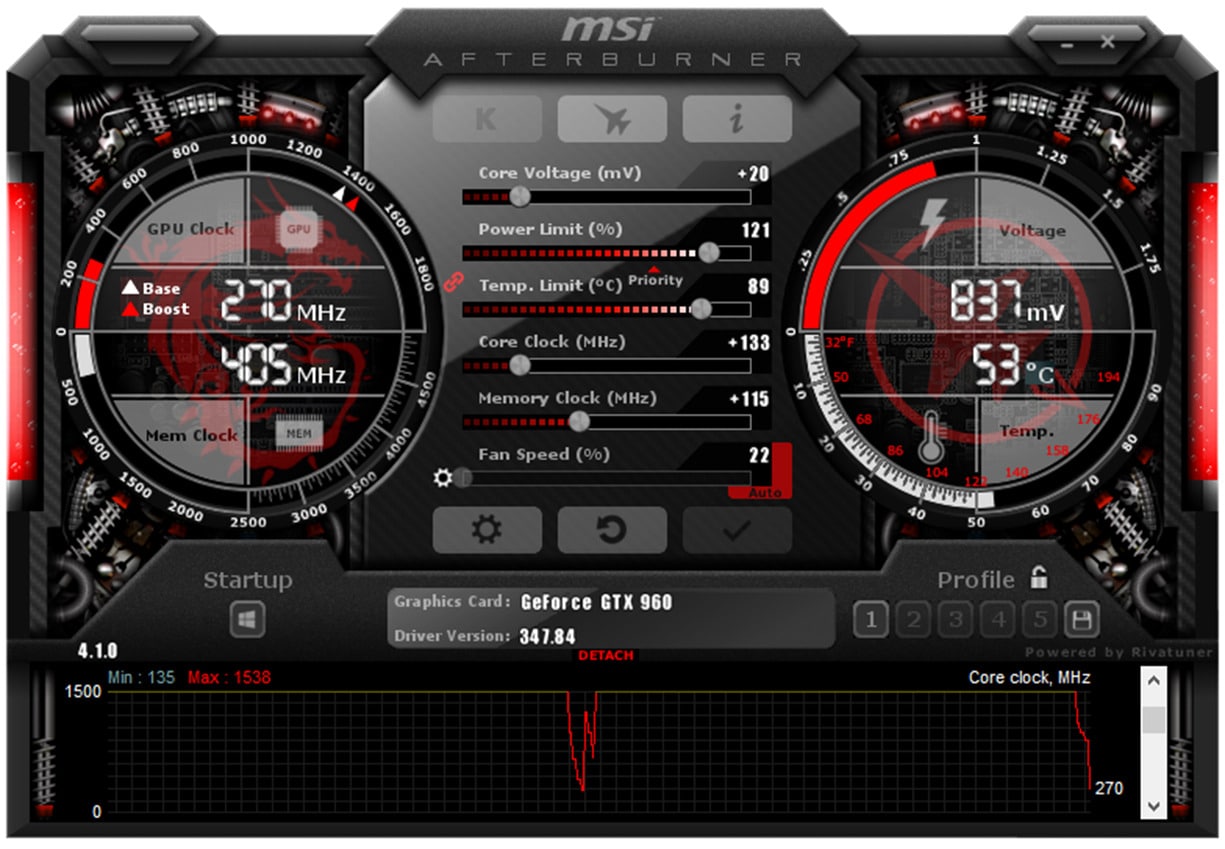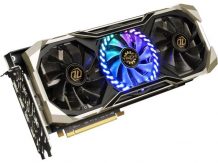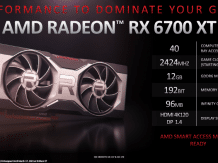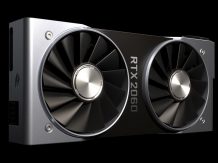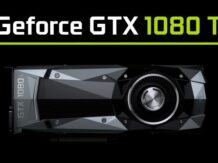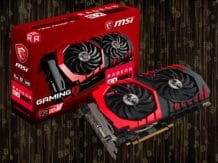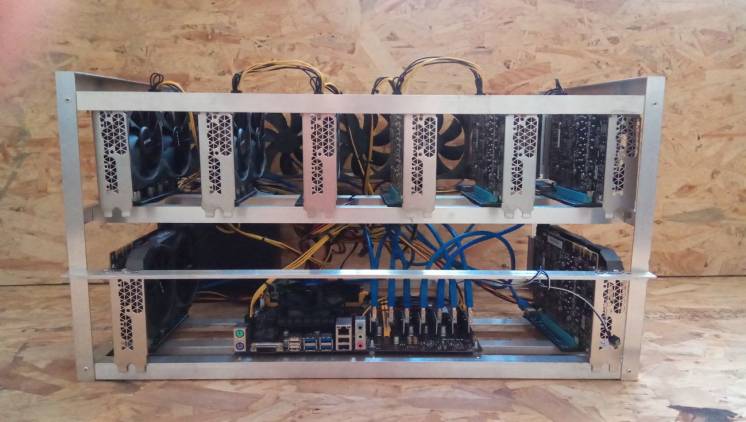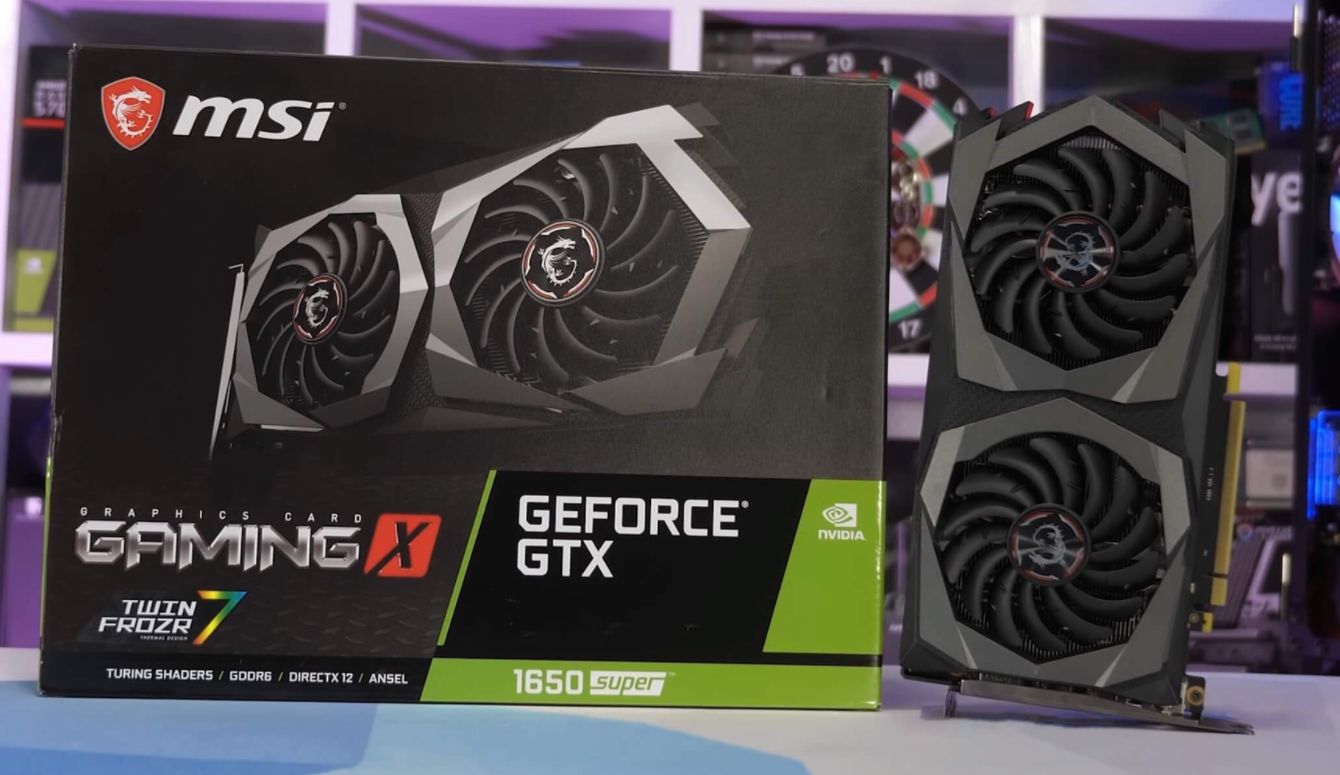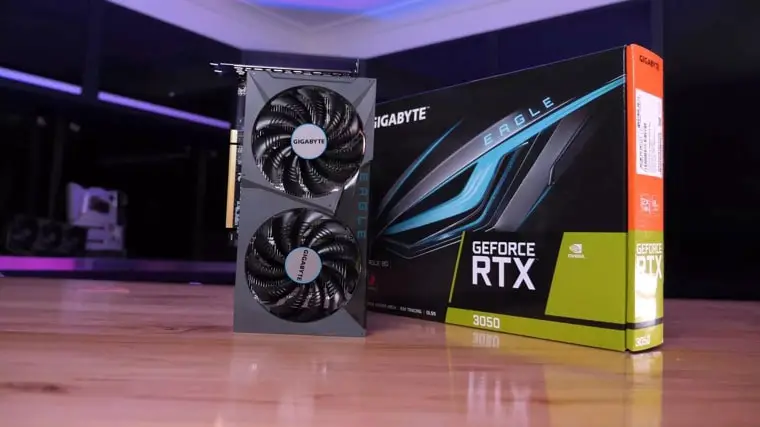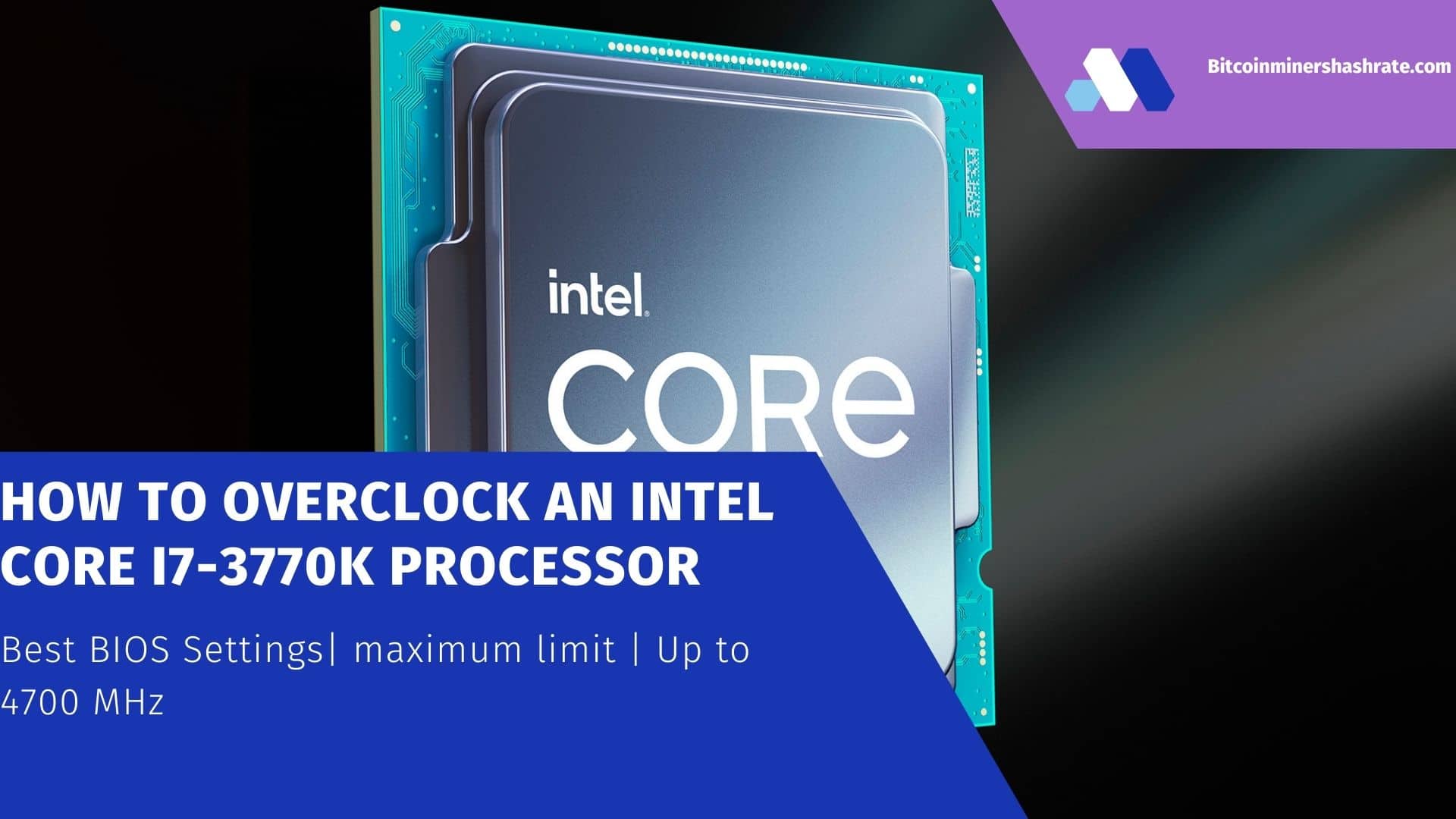How to overclock a graphics card in a laptop – Many laptop owners would like to increase the graphics performance of the graphics card installed in the laptop. This is especially true when a new computer game enters the market, and the graphics subsystem of the laptop is not ready for new entertainment.
The reason for this, as a rule, is the high system requirements of new items for the graphics system of a laptop, so the question arises whether to buy a new laptop, which, say, is very expensive, or to increase the performance of the graphics subsystem. The only way to increase the performance of a video card is to overclock it, but we will tell you how to do it without consequences in this article.
So, first, let’s look at what video cards are for laptops. There are currently three kinds of mobile GPUs.
Integrated graphics
The integrated graphics solution integrated into the central processor is when, in addition to the computational cores, there is a graphics solution on one CPU die, which is responsible for displaying the image on the display and its processing. Built-in graphics allow you to build a computer without separate video adapter cards, which reduces the cost and power consumption of systems.
This solution is typically used in lower-end notebooks that do not require a high level of graphics performance. The graphics core integrated into the CPU can be found in both Intel and AMD processors. Integrated graphics from Intel are called HD Graphics. they are found in all processors of the “Core i” family and new Celeron models. At AMD, integrated graphics cards are called AMD Radeon R7, AMD Radeon R6, AMD Radeon R5, and so on, and they are found in all AMD laptop processors, for example AMD A10, AMD A 8, AMD A6, AMD A4.
Discrete Graphics Cards
Discrete video cards are a separate board that houses a graphics chip and its own video memory. A discrete video card is inserted into a special connector on the motherboard or simply soldered on it. A discrete (separate) video card has a higher performance than an integrated one, but when buying a laptop with such a video card, this will definitely affect its cost. This type of video card is used for games and other resource-intensive applications that require high graphics performance. An example of such video cards is Nvidia Ge Force GTX 1650 and AMD Radeon RX560X.
Hybrid graphics solution
Hybrid Graphics solution. The essence of hybrid graphics, which is also called Hybrid Crossfire, is the presence in a laptop of two video cards, integrated and discrete, which, in certain scenarios, can process graphics together. Hybrid graphics can only be enjoyed by laptops with an AMD processor and RT graphics card
Overclocking a video card is perhaps the simplest and safest of all the actions associated with overclocking a laptop. The performance of integrated video cards still leaves much to be desired, and there is little point in overclocking them. But their performance can be improved in another way. For example, by increasing the amount of RAM installed in the laptop. An additional RAM strip will allow avoiding memory redistribution between the processor and the video card to the detriment of the latter, in addition, two strips of the same size will work in two-channel mode, which will have a beneficial effect on performance. Discrete solutions are quite possible to overclock, both AMD Radeon and Nvidia Ge Force.
Further we will focus on them. So, what is video card overclocking? Overclocking a video card is an increase in the frequencies at which the graphics core and memory work. The main problem with overclocking a mobile video card is the rise in temperature, which in laptops is already close to the limit. Therefore, you should always monitor the temperature, although modern video chips are not so easy to burn. It is absolutely normal for a mobile video chip to operate at 90 degrees Celsius.
When overclocking a video card in a laptop, you should always pay attention to the cooling system, in some laptop models, especially thin ones, the processor and video card hang on the same heat pipe and are cooled by only one fan, and even can be soldered to the motherboard, therefore, during overclocking, the video card will be also heat up the processor, which, when it reaches 95 degrees, will go into throttling, that is, reset its operating frequencies.
In addition, the higher the temperature of the GPU, the lower the stable frequency during overclocking. Therefore, without a normal cooling system, it is highly discouraged for the video card to go beyond 90 degrees during overclocking. And if your video card heats up to this temperature even without overclocking, then you can safely forget about overclocking. The best option is when the heating of the GPU during overclocking does not exceed the bar of 70-80 degrees.
The performance of a video card is determined by the number of fps (frames per second) that it can produce in a particular application under certain settings. The performance of the video card in gaming applications is affected by the software installed on the PC, the version of the video driver, as well as the configuration of the computer..
There is a certain method of overclocking video cards for laptops. It is best to start overclocking a video card from the core, the fact is that the video chip gets very hot under load and heats up the motherboard around it along with all the other elements on it. Almost always the video memory also gets here, tk. it is placed next to the video chip. It, like a video chip, decreases the maximum stable frequency with increasing temperature. And if you first overclock the memory, and then the video chip, it can happen that the memory heated by the overclocked chip will start to fail at the frequencies that it used to keep quietly. The overclocking technique is pretty simple. We will overclock the video card gradually in 10-20 MHz steps. for the core and 20-40 MHz for the memory.
I want to remind you that you do any manipulations with your video card and other components at your own peril and risk. The laptop may be damaged as a result of such manipulations. All actions with your iron you do at your own peril and risk.
After each step, we test the video card for artifacts and heating. Usually artifacts are yellow dots or dashes, or whole stripes. If there are no artifacts or overheating, then we continue overclocking. And so on until the artifacts appear. As soon as they appeared, we roll back to the last frequency at which they were not. Then we decrease the step to the minimum possible and increase the frequency again. When artifacts appear, we roll back to the last stable frequency and begin global testing for at least half an hour. If no artifacts were noticed during this time, then you have found the maximum stable frequency of your instance.
Do not think that if you have an average FPS level of 15 in the game, then when overclocking a video card you still will not get the cherished 30 cd / sec, since the overclocking level of video cards for laptops is small, about 20-30% depending on the video card model and cooling systems.
For overclocking, you need utilities such as MSI Afterburner, which must be downloaded and installed on your laptop. This utility is free and is suitable for almost all models of video cards, both AMD Radeon and NVIDIA GeForce.
In the settings, you can select the interface language, and when you hover over buttons and other elements, a tooltip appears. This will help you quickly understand the interface and understand how this program works, even if you have never gone into such engineering difficulties before. After installing the program, go to the settings by clicking on the Settings button and configure it as you wish. Then we go back and start moving the Core Clock and Memory Clock sliders until artifacts appear, as soon as artifacts appear on the screen, you need to roll back to the last stable frequency.
If you are a happy owner of a gaming laptop, then each manufacturer has its own specialized software, for example, MSI installs a specialized utility Dragon Gaming Center on all its gaming laptops, in which there is a special tab for overclocking the video card, where the user will only need to move the slider to the maximum value.

Acer offers its users the Predator Sense utility, which is software designed specifically for the Predator series of gaming notebooks and desktops. The main task of this program is to provide convenient control over the parameters of the system. For example, it can be used to try to overclock the central processor and video card in order to achieve maximum performance from the “gaming machine”, or vice versa – put the computer / laptop into a special “quiet” mode, while sacrificing a little performance.

Asus offers Gaming Center software mainly preinstalled on ASUS gaming laptops, this utility can provide settings for clearing memory, launching applications, overclocking, shortcut keys, changing lighting effects and adjusting cooling fans (depends on software and functions that supports device) to meet different user requirements. This utility has several configuration profiles. Manual overclocking of the video card is realized through the “Manual” profile. In this profile, you can set the processor multiplier up to 40, activate the XMP memory profile and increase the frequency of the GPU and video memory.

Conclusion
Is overclocking (“overclocking”) of a video card dangerous? Let’s just say that this procedure is really responsible, and moderately complicated. However, if everything is done correctly, then you can not worry that the video chip will burn out or fail. The main thing is to monitor the (Overcockling Video Cards ) temperature of the video card. Indeed, in laptops, it is often already close to the maximum permissible.





